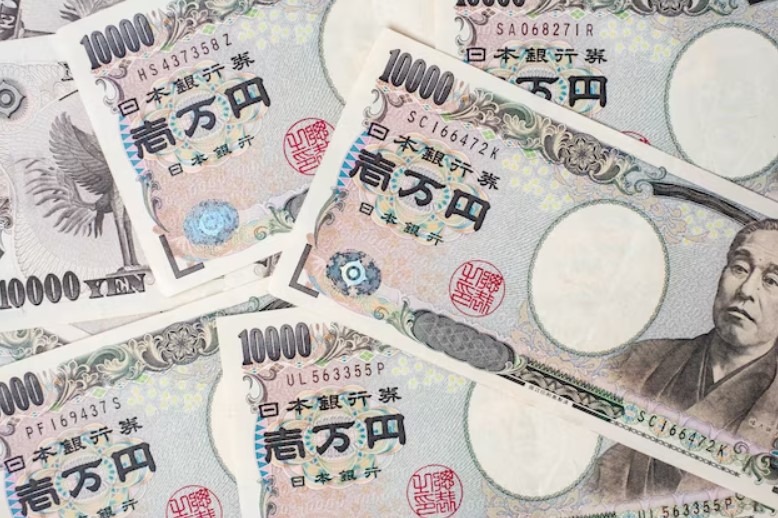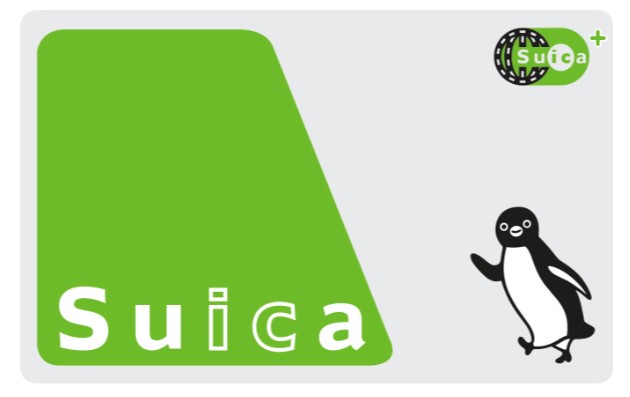Getting ready for your adventure in Japan and feeling a bit puzzled about managing your money there? No stress at all! In this guide, we spill the beans on how to handle payments, withdrawals, and currency exchange in Japan. So you can focus on soaking up the experience without any money-related worries. Let’s make your trip memorable and stress-free!

Japan’s currency: the yen
Getting to know the Japanese yen (¥) is essential before your trip to Japan. It’s the country’s official currency and widely accepted everywhere you go.
Here’s what you need to know about yen:
- Symbol: The symbol for the yen is ‘¥’. It is often represented by two crossed vertical lines.
- Denominations: Yen comes in both banknotes and coins. Banknotes are in 1,000, 2,000, 5,000, and 10,000 yen. Coins are in 1, 5, 10, 50, 100, and 500 yen.
- Design: Yen banknotes showcase unique features, like historical figures and scenic Japanese landscapes. Each denomination has its own distinct design.
- Value: Internationally, yen holds high value. Its exchange rate fluctuates, so keep an eye on rates when exchanging or using yen. Being aware of this ensures a smooth financial experience during your travels

Where to exchange money in Japan
If you’re looking to exchange your money into yen while in Japan, you’ve got a few options to consider. Here’s the lowdown on some popular ones:
- Banks: Banks are a reliable choice for swapping your euros for yen. You’ll find them in major cities like Tokyo, Kyoto, and Osaka. Just double-check their operating hours, as some might close earlier.
- Online Currency Exchanges: Another hassle-free option is using online currency exchange services. These platforms allow you to convert your currency from the comfort of your home before your Japan trip. Make sure to pick a trustworthy platform and compare the exchange rates they offer.
- Airport: If you find yourself in need of yen at the airport, there are currency exchange bureaus available at the terminals. Keep in mind, though, that the rates here are often less favorable compared to other choices.
Best places for currency exchange in Tokyo, Kyoto, and Osaka
If you find yourself in Tokyo, Kyoto, or Osaka and need to exchange your currency, here are some convenient spots to consider:
- Tokyo: Major financial institutions like Mizuho Bank, Sumitomo Mitsui Banking Corporation (SMBC), and Tokyo-Mitsubishi UFJ (MUFG) have branches where you can exchange your money. Additionally, in tourist hotspots like Shinjuku, Ginza, and Akihabara, you’ll find dedicated money exchange offices.
- Kyoto: You can exchange your currency at banks like The Bank of Kyoto and at the currency exchange office in Kansai International Airport. If you’re exploring the charming Gion district or passing through Kyoto train station, there are also currency exchange offices conveniently located.
- Osaka: Major banks including Bank of Osaka, Bank of Tokyo-Mitsubishi UFJ, and Kansai Urban Banking Corporation offer currency exchange services. Tourist hubs like Dotonbori and Umeda also have currency exchange offices for your convenience.
Planning your budget for Japan
Here are some tips to help you figure out how much money you’ll need:
- Firstly, research the average costs for accommodations, food, transport, and activities in the cities you’re planning to visit. This gives you a rough estimate of your daily expenses.
- Next, create a detailed budget outlining all your expected costs, including meals, souvenirs, local travel, attraction tickets, and a little extra for emergencies.
- Don’t forget to set aside some extra cash for unexpected expenses – it’s always smart to have a safety net for any surprises.
- Also, consider the duration of your stay. If you’re only visiting for a short time, you might need to stick to a tighter budget. Happy travels
Using credit cards in Japan
When using your credit card in Japan, it’s crucial to know that not all places accept cards, especially smaller businesses. Even though many modern shops and large chains do, it’s wise to carry cash as a backup. Some places might even add an extra charge for card payments or have a minimum spending requirement.
Also, be mindful of your bank’s policies. When you make card purchases, your bank might apply a currency exchange fee and use varying exchange rates. Checking these details before your trip can save you from unexpected surprises. Some stores might offer the choice to pay in yen or your home currency, but remember, this conversion can come with extra costs.
On a positive note, IC cards like Suica or Pasmo are widely used, not just for public transport but also in stores, supermarkets, and restaurants. They’re convenient alternatives to cash, especially in bustling cities.

Advice for using cards during your overseas trip
- Make sure to inform your bank about your travel plans to prevent any issues with your card being blocked due to suspicious activities overseas.
- Always keep receipts from your transactions as evidence for your records.
- Consider using ATMs at post offices (Japan Post) or stores like 7-Eleven, as they frequently accept foreign cards.
- It’s good to note that in Japan, debit cards are more commonly used than credit cards. So, having a mix of both might be a wise choice for a smoother experience.
Withdrawing money in Japan
Japan boasts a widespread network of ATMs, conveniently placed in banks and stores like 7-Eleven, ensuring accessibility round the clock.
Yet, it’s crucial to keep in mind that not all ATMs are compatible with foreign cards. Make sure to confirm their acceptance before making any transactions.
ATM options for international cards
While not every ATM in Japan caters to international cards, there are specific options that do.
Certain banks like Japan Post Bank and select convenience stores such as 7-Eleven are reliable choices if you encounter issues elsewhere.
However, it’s important to be aware that some ATMs may impose cash withdrawal fees. Always inquire about these charges before making a transaction. Also, keep in mind that daily withdrawal limits can vary between ATMs, so it’s helpful to know the limits set by the specific ATM you’re using.
Additionally, it’s wise to keep the contact information of your card-issuing bank handy in case of emergencies.
We hope these insights assist you in planning your trip to Japan more effectively 😉.



